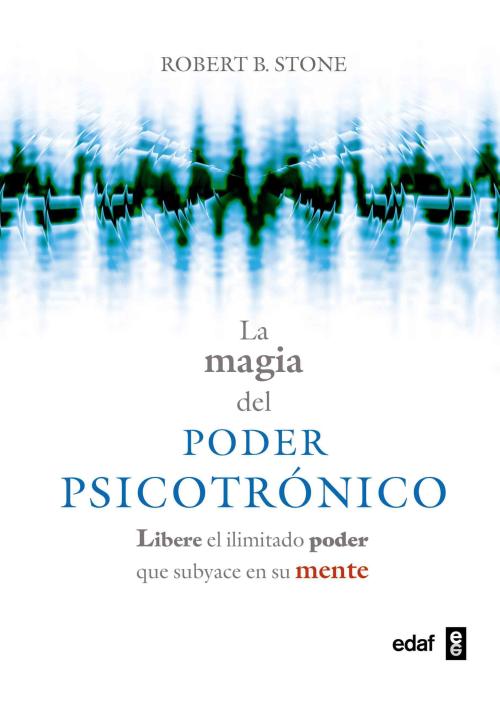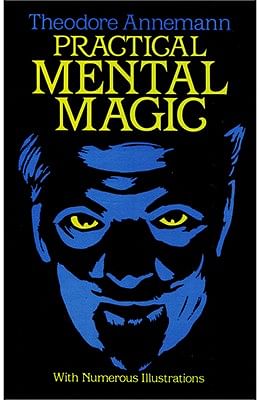

It is with such deep ontological questions that Rucker concerns himself throughout this book and especially in the final chapters.

Are such spaces “real”? Or are they no more than convenient fictions used by physicists to simplify their calculations? When you measure a quantum system you are said to “rotate the state vector,” an abstract line of precisely defined length and orientation that represents the system’s state in a set of coordinate systems that constitute a Hilbert space. Older books on quantum mechanics talk about how the measurement of particles and quantum systems “collapses the psi function.” More recent books prefer the language of a complex Hilbert space, an approach adopted by John von Neumann in his classic work on quantum theory. But without the tool of infinite-dimensional spaces, modern physics would be almost impossible. Science fiction? In part, yes, and Rucker pauses frequently to quote from some of his bizarre tales. The book is interspersed with clever problems for the mathematically competent, and finally, in a grand Carrollian climax, Rucker boldly invades the infinite dimensions of Hilbert space. After exploring the whimsical underworld of Flatland, he plunges into spaces above three with a zest and energy that is breathtaking. The Fourth Dimension: Toward a Geometry of Higher Reality will be eagerly read by writers and readers of science fiction, but anyone with even a minimal interest in mathematics and fantasy will find the book as informative and mind-dazzling as Rucker’s book on infinity. His best-known novel, White Light, actually has the subtitle What Is Cantor’s Continuum Problem? The subtitle is the exact title of a paper by the eminent logician Kurt Gödel, with whom Rucker had the privilege of many stimulating conversations. Science fiction fans had earlier known him for his wild, funny, sexually outrageous novels and stories in which higher spaces often play essential roles. After editing a selection of Charles Hinton’s writings about the fourth dimension, and writing a popular account of four-space and relativity, Rucker’s first big success came in 1982 with the publication of Infinity and the Mind. Rucker’s major mathematical interests are transfinite sets (he has a doctorate in mathematical logic from Rutgers) and spaces of higher dimensions. Now along comes Rudolf von Bitter Rucker - mathematician, novelist, cartoonist, rock music buff, and a thinker with the courage to explore dark and unfamiliar territory in what he likes to call the mindscape.
THE MAGIC OF PSYCHOTRONIC POWER EBOOK STORE PROFESSIONAL
In more recent times, several professional mathematicians have written science fiction with strong mathematical underpinnings. Eric Temple Bell not only wrote colorfully about mathematics for laymen, but under the pseudonym John Taine he churned out a raft of science fiction novels.

There are happy exceptions, of course, and at least one teacher of mathematics, Lewis Carroll, wrote immortal fantasy fiction. And I’m happy to share this higher knowledge with you.Īs WRITERS, mathematicians are notoriously inept. I’m glad to have had the fourth dimension in my life for so many years. As usual, my starting point was Flatland. It was an interesting challenge for me to visualize what he saw there. He begins in our normal world, encounters a four-dimensional being, and travels into higher space. Eventually I went so far as to write a novel called Spaceland, featuring a man named Joe Cube.

By now, good old A Square feels like a friend of mine, or perhaps an eccentric cousin. I always start with the hallowed Flatland analogy: 4-D is to 3-D as 3-D is to 2-D. The fourth dimension is a universal skeleton key, applicable to any number of conundrums. I’m very pleased that Dover is republishing it in paperback and ebook editions. My Fourth Dimension has been one of my best-selling books, with translations appearing in France, Israel, Italy, Japan, Korea, Germany, the Netherlands, Portugal, and spain. I devoured Dover’s volumes on mazes, the fourth dimension, infinity, and language games-all of these to become lifelong interests. W HEN I WAS GROWING UP in the 1950s, my main sources of esoteric information were mail-order paperbacks from Dover Books.


 0 kommentar(er)
0 kommentar(er)
